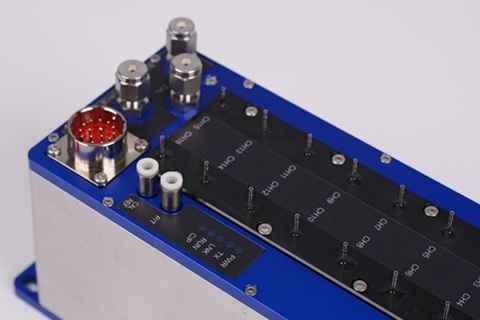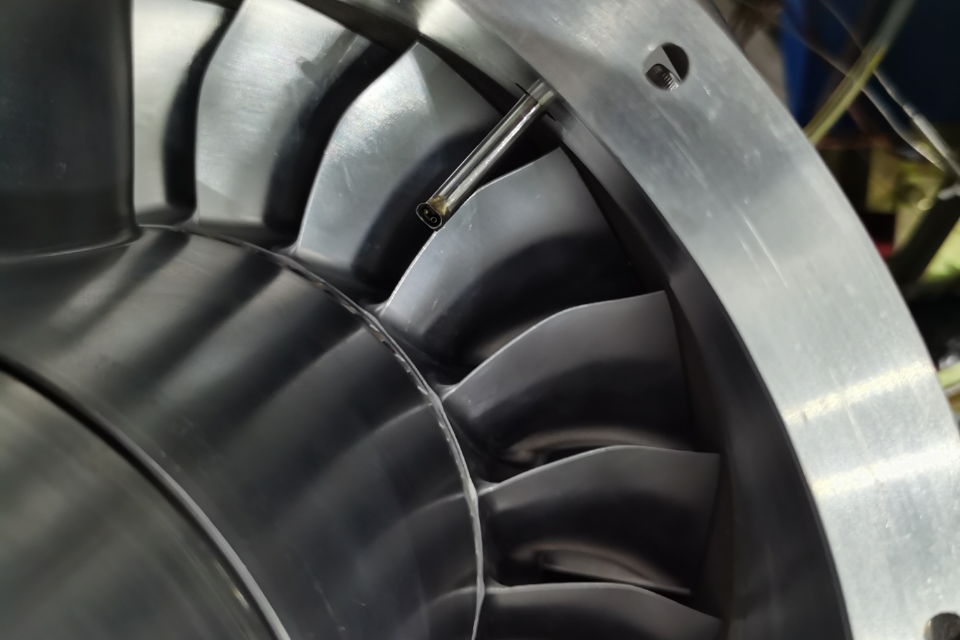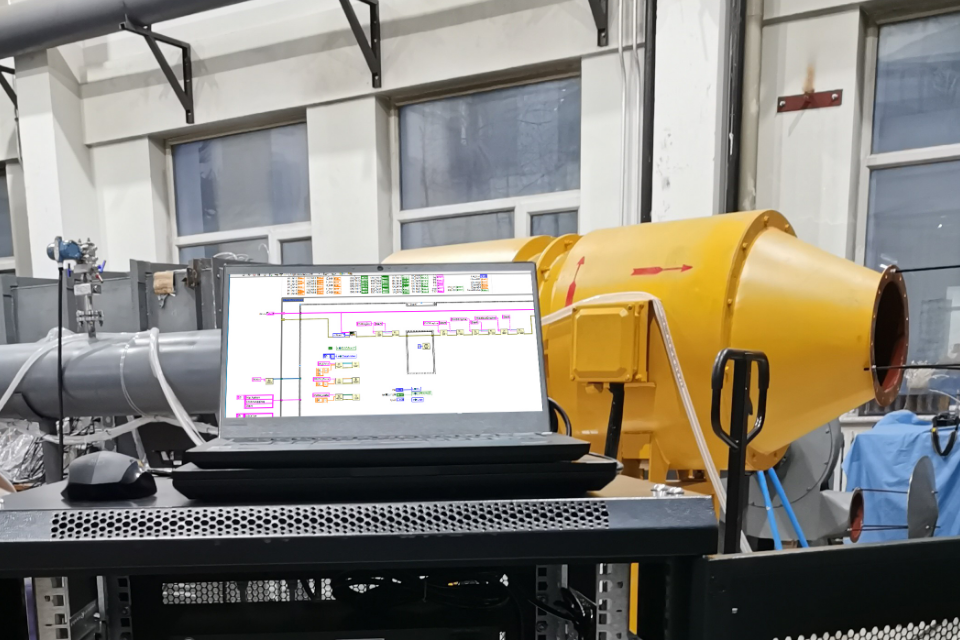1. Multi-channel, high-density measurement: dealing with complex wing flow fields
Wing surface pressure measurement mainly relies on single-point pressure measurement holes or pressure belts (pressure belts) and narrow-band sensors to scan point by point, which is inefficient and difficult to capture dynamic phenomena. In multi-channel acquisition scenarios, the scanning valve system can support synchronous acquisition of tens to hundreds of channels, greatly improving spatial resolution. For example, NASA has arranged a pressure measuring belt on the left wing surface of F ‑ 16XL, and used a 32-channel scanning valve module to obtain the pressure distribution of the upper and lower surfaces for the study of key parameters such as the position of the shock wave at transonic speeds, which can obtain the full-wing pressure profile with higher density and more complete.

2. Suitable for airborne structures: lightweight, rugged, flexible deployment
Windtuner Ethernet Intelligent Pressure Scanners system centralizes multiple pressure sensors inside the cabin (or inside the structure), connected to the wing surface pressure port through an elongated pipeline. This is not only convenient for rapid layout, but also can change the wing structure, and has little impact on the airborne strength and aerodynamic shape. According to the literature, Pressure Scanners is especially suitable for wing distribution measurement tasks in flight test scenarios, which can operate stably and have superior temperature and vibration resistance.
A flight test research institute in China has used the pressure measurement belt method to test the wing surface pressure distribution of the transport aircraft in the state of the flap landing gear, and used the scanning valve module to support multi-channel acquisition, and compared with the direct drilling method to verify that the pressure measurement belt plus the scanning valve The scheme is suitable for the measurement requirements of wing surface pressure distribution in airborne flight tests.
Pressure Scanners has obvious advantages in airborne wing test and development, especially suitable for the following scenarios:
1. High channel, high spatial resolution airfoil pressure distribution measurement;
2. Capture the unsteady flow or transient pressure disturbance under the aircraft;
3. Deployment with minimum weight gain on airborne platforms with simplified structure and limited weight;
4. Combining aerodynamic models or control laws to promote intelligent flow field perception and active control;
5.Good stability, adaptability to high temperature and high vibration, reusable and fast deployment.
















